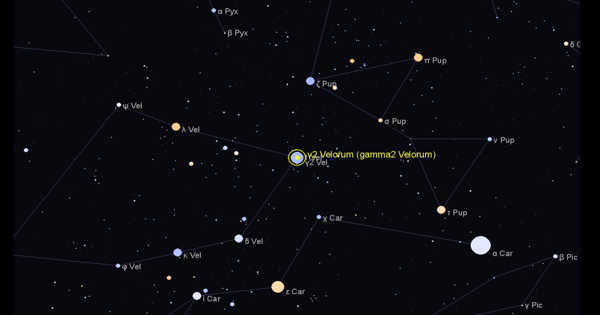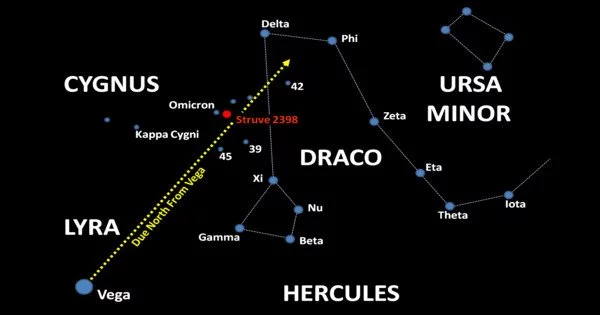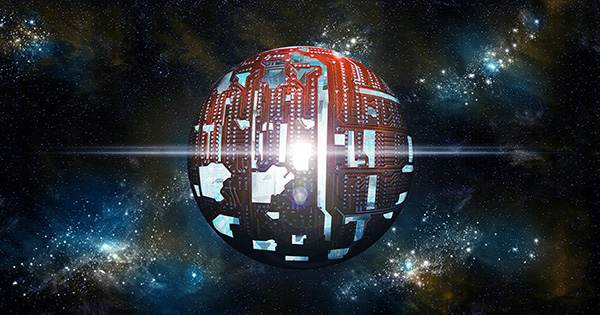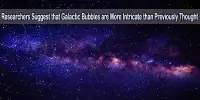The Double Helix Nebula is a celestial structure that was discovered in 2007 by astronomers using the Spitzer Space Telescope. It is located in the constellation of Ophiuchus, approximately 300 light years away from Earth. It is an exciting discovery because it provides new insights into how massive stars interact with their environment and how they influence the formation of new stars.
The Double Helix Nebula is a gaseous nebula located near the center of our galaxy in the direction of the constellation Ophiuchus. It is believed that magnetic torsion distorted it into the shape of two connected spirals known as a double helix, which is similar to the shape of a DNA molecule. The nebula contains red-giants and other supergiant stars with infrared luminosity. Other stars are contained within, but they are mostly too dim to be seen.
The Double Helix Nebula gets its name from its shape, which resembles a DNA molecule’s double helix structure. The nebula is a long, narrow, and twisted filament of gas and dust that is about 80 light years long.
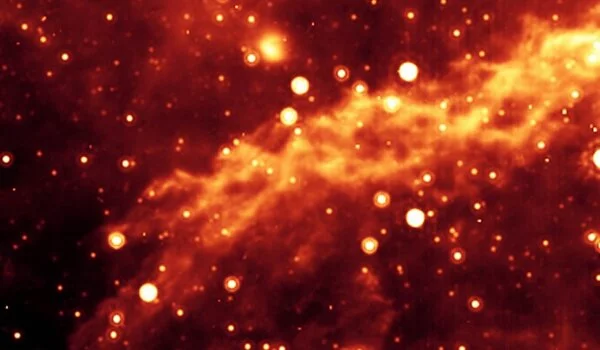
The Double Helix Nebula is an elongated emission nebula about 80 light-years long located about 25,000 light-years from Earth in the constellation Sagittarius (the Archer) and about 300 light-years from our galaxy’s supermassive black hole. It is not to be confused with the Helix Nebula, a planetary nebula located only 650 light-years from Earth. The infrared Spitzer Space Telescope discovered the gaseous nebula, which resembles two intertwining strands wrapped around each other like a double helix in a DNA molecule. The magnetic field at our galaxy’s core is most likely responsible for the nebula’s shape.
Spitzer Space Telescope discovered the nebula. So far, the segment seen is thought to be 80 light years long, 300 light years from the supermassive black hole thought to be at the center of the galaxy, and 25,000 light years from Earth. This nebula is thought to be circumstantial evidence that the magnetic fields at the galaxy’s core are extremely strong, more than 1,000 times stronger than the Sun’s. If this is the case, they could be propelled by the massive disc of gas orbiting the central supermassive black hole.
Scientists believe that the Double Helix Nebula was formed as a result of the interaction between a massive star and a nearby cloud of gas and dust. As the star moved through the cloud, it created a shock wave that compressed the gas and dust, causing it to heat up and glow. The resulting nebula is made up of ionized gas and dust, which gives it its distinctive red and blue colors.

